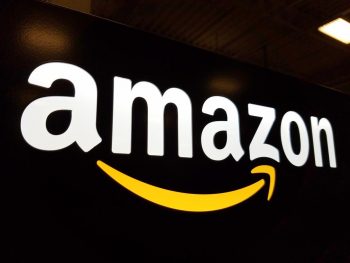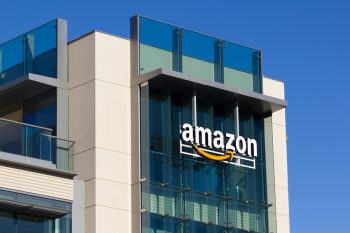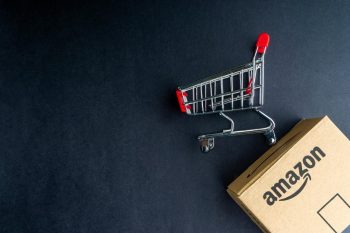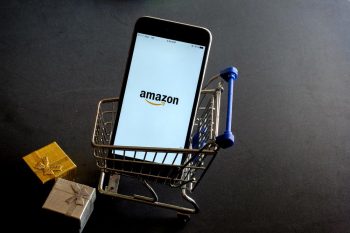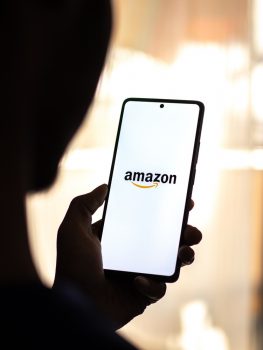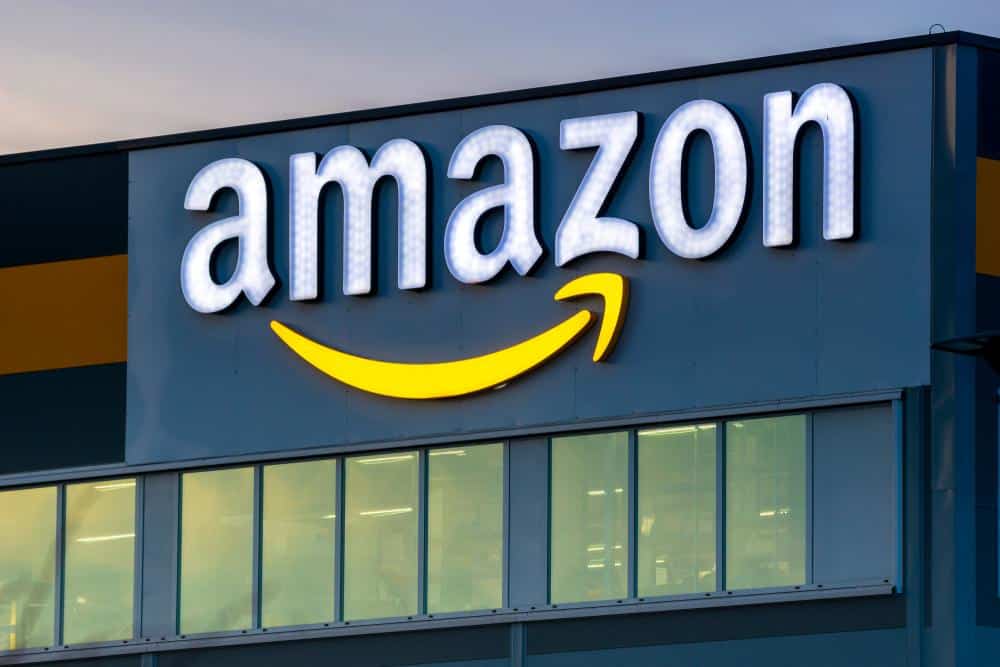
The e-commerce giant Amazon ships billions of packages every year, each one arriving in a cardboard box. But have you ever wondered who makes these cardboard boxes for Amazon? In this article, we dive into the in-depth details of the manufacturers, the manufacturing process, the volume of boxes needed, the quality assurance, sustainability practices, supply chain, and future plans for Amazon’s cardboard boxes.
Amazon’s cardboard boxes are made by a variety of manufacturers. Some of the leading cardboard box manufacturers in the US and Canada include Associated Bag, Riverside Paper Co., Packaging Tech LLC, Classic Packaging Corp., and Imperial Paper among others. While it isn’t explicitly stated which of these companies specifically produce boxes for Amazon, it is likely that Amazon sources its boxes from multiple suppliers to meet its massive demand for packaging materials.
Who Are the Primary Manufacturers?
Amazon uses a variety of manufacturers for their shipping boxes. Some of the leading cardboard box manufacturers and suppliers in the US and Canada include Associated Bag, Riverside Paper Co., Packaging Tech LLC, Classic Packaging Corp., Imperial Paper, Custom Box Builder Inc., Cross Country Box Co., Inc., Deluxe Packaging, Inc., H & P Packaging, Inc., and Complete Finishing LLC.
While it isn’t explicitly mentioned which of these companies specifically produce boxes for Amazon, it is probable that Amazon sources its boxes from multiple suppliers to meet its massive demand for packaging materials. In 2017 alone, Amazon shipped over 5 billion packages through Prime.
Specifications of Amazon’s Cardboard Boxes
Amazon uses a variety of cardboard box sizes for shipping and storage, ranging from medium-sized boxes measuring 18″ x 14″ x 12″ to larger boxes measuring 20″ x 20″ x 15″. The dimensions of the boxes may vary depending on the specific items being shipped and the packaging requirements.
Manufacturing Process of Cardboard Boxes
The manufacturing process involves several steps, from pulping trees to create raw materials, corrugating and cutting to form box blanks, assembling the boxes, and finally, printing and finishing to customize the boxes. Quality control departments in manufacturing facilities continuously monitor raw materials, finished board, and critical features such as dimensions, print quality, and barcode function.
Volume of Cardboard Boxes Required by Amazon
While Amazon hasn’t disclosed the exact volume of cardboard boxes it requires annually, it is actively working on reducing cardboard waste and optimizing its packaging. By the end of 2022, about 90% of all boxes shipped by Amazon will be sent from an optimized box suite.
Quality Assurance and Durability
Cardboard box manufacturers ensure quality and durability through various testing methods and quality control measures. These tests measure the box’s strength, crush resistance, puncture resistance, tear resistance, and absorbency, among other factors.
Sustainable Practices in Production
Sustainability is a key focus in the production of cardboard boxes. Manufacturers ensure high recycled content, efficient recycling and waste reduction processes, managed forestry, energy efficiency, and use of lightweight materials. Cardboard is also 100% biodegradable and can be recycled multiple times, reducing its environmental impact.
Supply Chain Process
The supply chain process from manufacturers to Amazon’s warehouses involves shipping products using Amazon Global Logistics, storing and managing inventory in Amazon’s fulfillment centers, and picking, packing, and shipping orders to customers. Amazon’s advanced logistics capabilities and automation technologies ensure efficient and reliable delivery of products to customers worldwide.
Future Plans and Innovations
Amazon is committed to making its packaging more sustainable, efficient, and customer-friendly. It is continuously working on packaging optimization, expanding its Frustration-Free Packaging (FFP) program, researching new designs and materials, and focusing on producing right-sized and lightweight boxes.
In conclusion, Amazon’s cardboard boxes are a product of a complex process involving numerous manufacturers, rigorous quality control measures, sustainable practices, and continuous innovation. As the company continues to grow, we can expect to see even more advancements in its packaging strategies and solutions.
Frequently Asked Questions
What is Amazon’s Frustration-Free Packaging (FFP) program?
Amazon’s Frustration-Free Packaging (FFP) is a program designed to reduce waste and frustration by the customer. It involves packaging products in a recyclable box that is easy to open, without any excess materials like hard plastic clamshell casings, plastic bindings, or wire ties.
How does Amazon’s Global Logistics work?
Amazon Global Logistics is Amazon’s supply chain solution that manages the transportation of products from manufacturers to Amazon’s fulfillment centers. It leverages Amazon’s vast logistics network, technology, and data-driven insights to ensure efficient and reliable delivery.
What do you mean by “optimized box suite”?
An optimized box suite refers to Amazon’s initiative to use the right-sized box for each product, reducing waste and improving the efficiency of packaging and shipping. This means using a box that is just the right size for the product, without any unnecessary extra space.
Why is cardboard chosen as the primary material for Amazon’s boxes?
Cardboard is chosen due to its durability, lightweight nature, and recyclability. It is strong enough to protect products during shipping, light enough to keep shipping costs down, and can be recycled multiple times, making it a sustainable choice.
How many times can cardboard be recycled?
Cardboard can be recycled up to 5-7 times. After that, the fibers become too short to be used in new cardboard, but they can still be used in other paper products.



